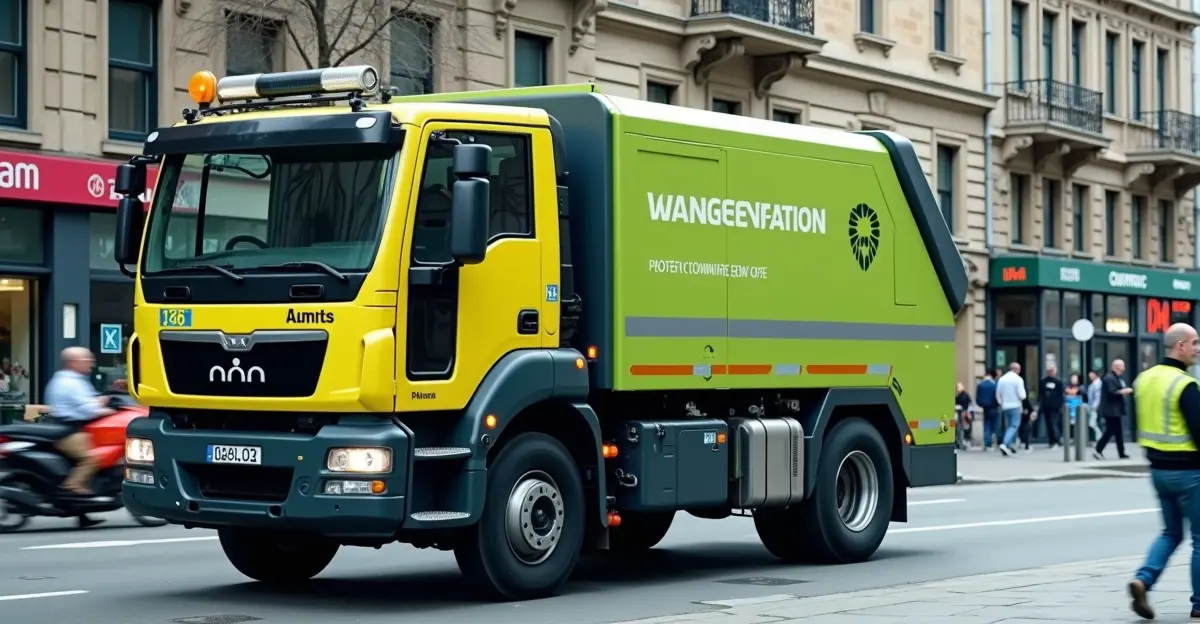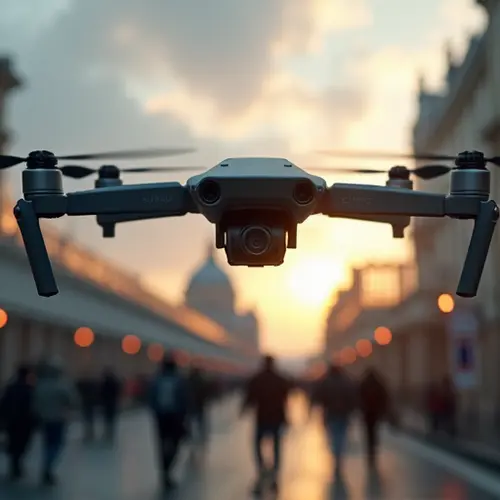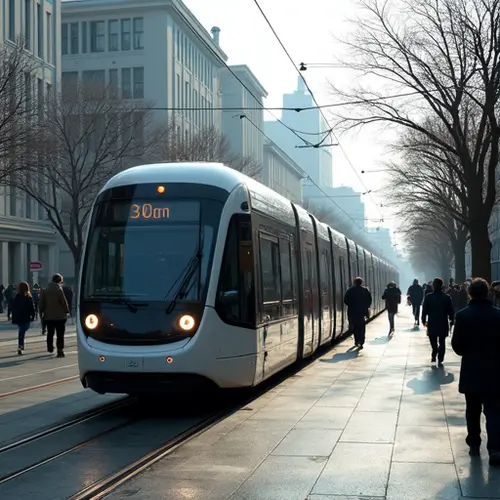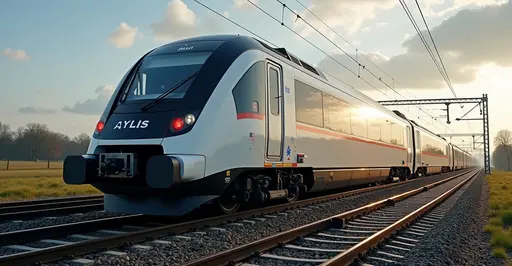
Revolutionizing Urban Waste Management
In a groundbreaking move for urban sanitation, autonomous waste collection vehicles have officially begun pilot operations in several major cities worldwide. These robotic trucks represent the latest innovation in smart city technology, designed to navigate complex urban environments while efficiently emptying public waste bins.
How the Autonomous System Works
The autonomous waste collection vehicles utilize advanced sensor arrays, including LiDAR, radar, and computer vision systems, to navigate city streets safely. Each vehicle is equipped with robotic arms capable of identifying, grasping, and emptying standardized waste containers without human intervention. The system operates on pre-mapped routes but can adapt to real-time conditions such as road closures, pedestrian traffic, and weather changes.
Key Technological Features
These vehicles incorporate several cutting-edge technologies:
- AI-powered route optimization that calculates the most efficient collection paths
- Real-time bin monitoring sensors that detect fill levels and schedule collections accordingly
- Collision avoidance systems that can detect obstacles as small as pets or children
- Electric powertrains for zero-emission operation during nighttime collections
- Cloud connectivity for remote monitoring and fleet management
Benefits for Municipalities
City officials are particularly excited about the potential benefits. "This technology could revolutionize how we manage urban waste," said one municipal sustainability director. "The autonomous vehicles can operate during off-peak hours, reducing traffic congestion and noise pollution while improving collection efficiency by up to 30%."
Additional advantages include:
- Reduced labor costs and improved worker safety
- Consistent service quality regardless of weather conditions
- Detailed data collection on waste generation patterns
- Lower carbon footprint through optimized routes and electric operation
Pilot Program Details
The initial pilot phase will run for six months across three cities: Amsterdam, Singapore, and San Francisco. Each location presents unique urban challenges that will test the system's adaptability. The vehicles will operate in designated zones during specified hours, with human supervisors monitoring operations remotely.
Public Safety Measures
Safety remains the top priority. Each autonomous vehicle includes multiple redundant safety systems, emergency stop mechanisms, and constant communication with a central control center. The vehicles operate at reduced speeds in residential areas and include extensive pedestrian detection capabilities.
Future Expansion Plans
If the pilot proves successful, manufacturers plan to expand the technology to include recycling collection, street cleaning, and even snow removal capabilities. The long-term vision involves creating integrated smart waste management ecosystems that can predict collection needs and optimize resource allocation across entire cities.
This initiative represents a significant step toward fully automated municipal services and could set new standards for urban sustainability worldwide.

 Nederlands
Nederlands English
English Français
Français Deutsch
Deutsch Español
Español Português
Português








